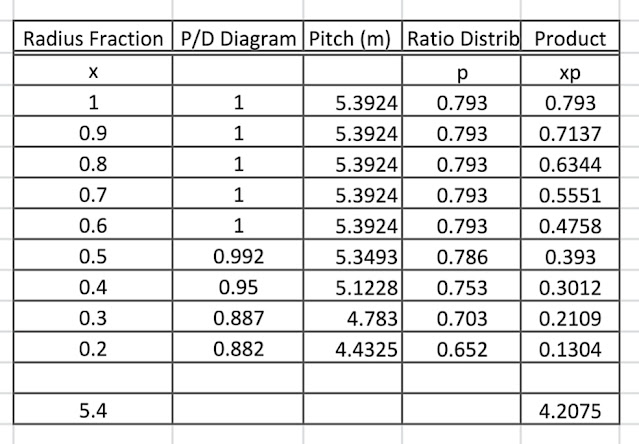Propeller is now the most common form of propelling device for ships and boats। In the Book of Marine Propellers whose author is John Charlton, it is said that propeller is not the only form of marine propulsion system. Propeller predecesors such as paddle, paddle wheel and sail are still being used as marine propulsion systems although their percentage has been far lower then the time when propeller had not been invented.
Voith Schneider propellers was first invented in 1920s by Kirsten-Boeing. Then, it was developed an improved by Voith-Schneider. This kind of propulsion system works on vertical axis with some six to eight vertically mounted vanes rotate on a disc in horizontal plane. Voith Schneider propeller is mostly used in ships or boats that need highly manouvering capabilities. They are passenger boats, tug boat.
Magnetohydrodynamic propeller. The term propeller here should not be associated with the conventional marine screw propeller. Propeller in this propulsion system is simply the terminology for a propulsion device. Magnetohydrodynamic propeller does not have any moving parts in its main propulsor. Water that passes through a duct is accelerated by magnetic coil and electrodes which wraps the duct. Although it has not been a viable propulsion system for commerical uses, this propulsion system has a potential advantage of being able to operate in vibration-free environment. Such property is needed in warships and passenger ships. This propulsion sytem still needs more research before a commercially viable device can be manufactured. Also read: Material and Strength of Marine Screw Propeller and Pitch diameter ratio of a propeller and engine performance of a ship; Ship displacement calculation

